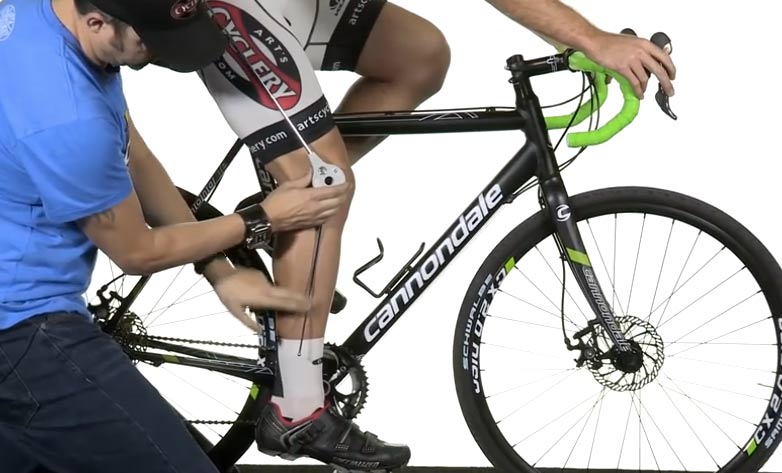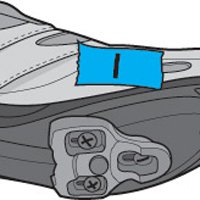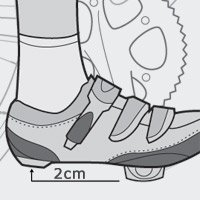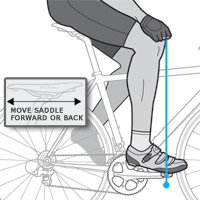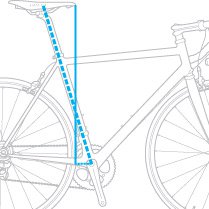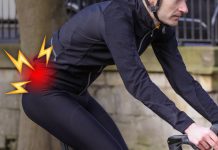Changing your saddle height is one of the simplest adjustments you can make to your bike, but one which arguably brings the most benefits.
Finding your optimal saddle height can boost your pedalling efficiency, enhance the comfort of your ride and, most importantly, help to avoid long-term injuries.
1. Set cleats
Slip on your shoes, run masking tape along the instep, and mark it at the widest point of your foot. “Align the middle of the cleat with that line, or up to 2 centimeters behind it”, says fitter Paraic McGlynn.
2. Assume a natural cycling position
Warm up for 15 minutes, then extend your right leg as if it were the little hand of a clock pointing to 5:30 (use a trainer or balance against a wall). Most riders’ heels rise while pedaling. Lift yours 2 centimeters above the pedal when your leg is extended.
3. Measure knee angle

Raise or lower your saddle. Have a friend measure your knee bend, aiming for 25 to 35 degrees (see illustration). That’s the sweet spot for producing maximum power.


